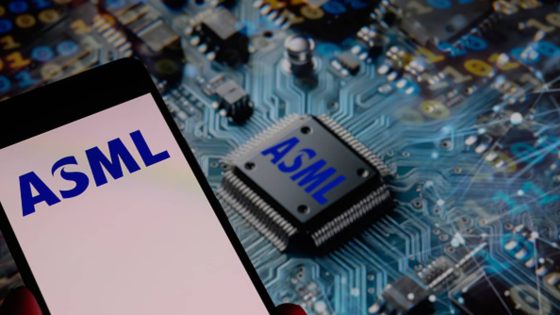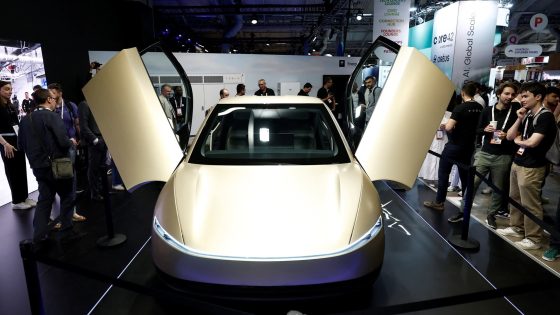ASML, a key player in the semiconductor industry, has issued a cautious outlook for 2026, despite surpassing expectations for the second quarter of 2025. On July 16, 2025, ASML reported revenue of 7.7 billion euros, beating analyst estimates, but its guidance for the upcoming quarter fell short of market predictions.
- ASML warns of potential stagnation in 2026.
- Q2 earnings exceeded analyst expectations.
- Third-quarter revenue guidance missed market forecasts.
- AI demand significantly drives ASML's growth.
- High NA EUV tools are crucial for future.
- Tariff policies create industry uncertainty.
While ASML anticipates a 15% growth in full-year 2025 net sales, narrowing its earlier forecast, uncertainty looms over 2026 due to geopolitical factors and macroeconomic conditions. The company’s CEO, Christophe Fouquet, acknowledged the strong fundamentals among AI customers but emphasized the unpredictability of the market.
This situation raises critical questions: How will ASML navigate these challenges, and what does this mean for the global semiconductor landscape? Analysts note that ASML’s performance is pivotal for the industry, especially as demand for AI-related chips surges. Key points include:
- ASML’s advanced EUV machines are essential for top tech companies like Apple and Nvidia.
- Global semiconductor supply chains are increasingly affected by geopolitical tensions and tariff policies.
- AI demand is a significant growth driver, shaping future investments in semiconductor technology.
Looking ahead, ASML’s ability to adapt to changing market dynamics will be crucial. Stakeholders worldwide should monitor these developments closely, as they will influence the future of technology and economic growth across regions.

































